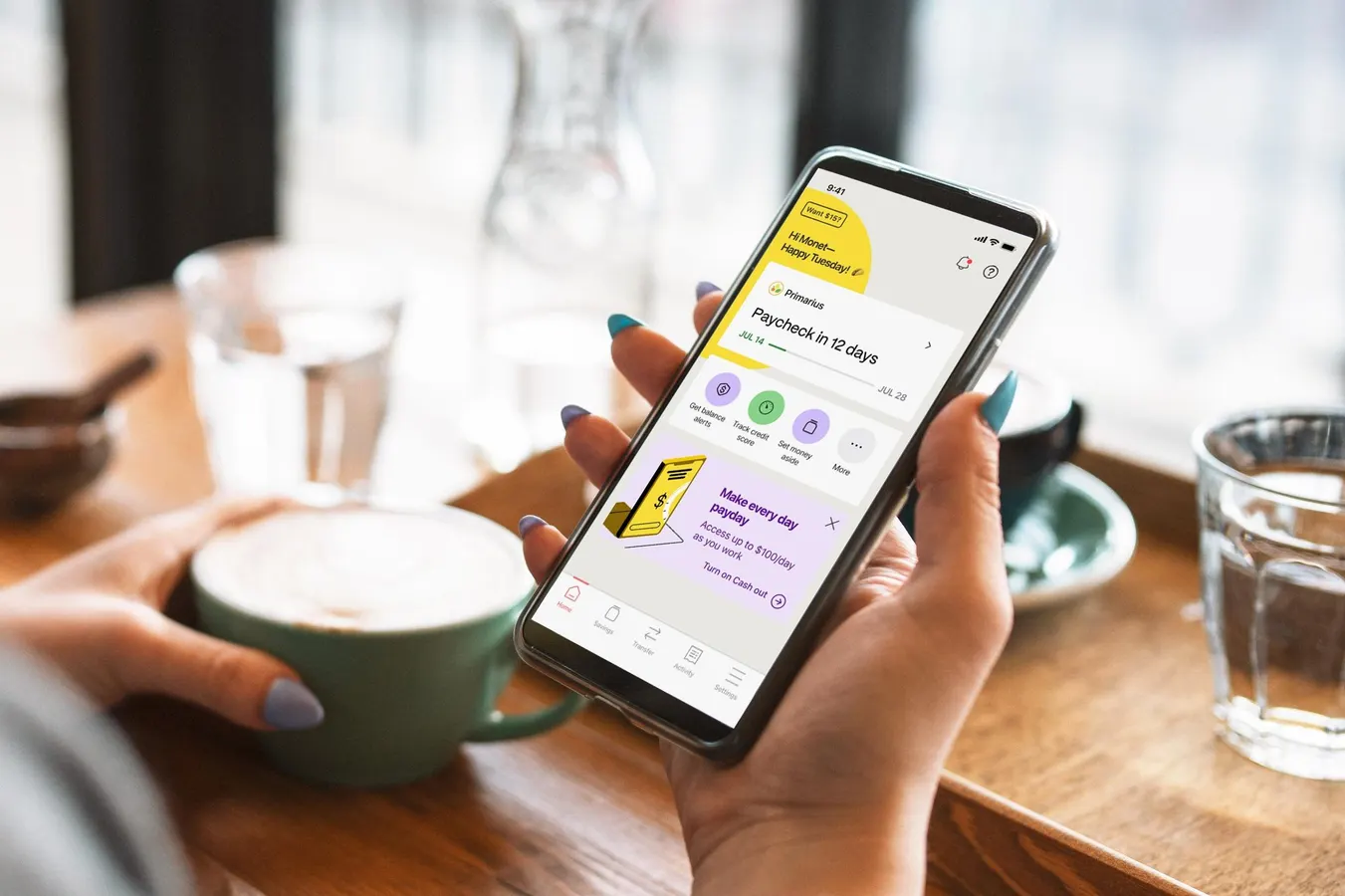Copyright business-review

The EY organization has launched the EY Luxury Client Index 2025 (Index), a comprehensive study that provides insights into the evolving preferences and behaviors of aspiring luxury consumers (clients). This first edition of the Index surveyed 1,600 clients across ten markets and key generational cohorts to uncover new pathways for maisons to reconnect with their clients and navigate market challenges. At a time when the global luxury sector faces headwinds, luxury brands (maisons) are facing falling sales. According to the Index, aspiring luxury clients are struggling to justify premium purchases. This opens the door for maisons to get back to essentials and identify effective ways to transform. The Index focuses on the purchase drivers for aspirational luxury clients, identified within five client spend segments, to help brands navigate the current market slowdown and identify actionable levers to win aspiring clients back. Product quality above all The Index finds that exceptional quality is the principal essence of luxury, but status still holds sway. 71% of clients say they are primarily driven by a desire to own high-quality products, and 32% state that they buy luxury fashion as a mark of status. Contradicting the quiet luxury trend, the Index finds the presence of a logo still holds notable appeal for all aspirational clients, with 26% ranking it among their top five purchase factors, compared with just 12% who prefer the absence of a logo. Owning something of quality is more important than exclusivity, celebrity endorsement, personalization and even price, according to the findings. However, prestige aspirational luxury clients (the high-spending segment surveyed – 42%) and discerning aspirational luxury clients (consistently high spenders surveyed – 34%) are significantly more driven by the desire for status than other segments. This trend is most pronounced among Mainland China-based aspirational luxury clients (44%). Sustainability, including traceability and supply chain transparency, also emerges as a significant factor influencing purchasing decisions closely tied to product quality. Nearly a third (31%) ranked sustainability among the top five factors influencing purchase, just as important as price (30%). The key initiatives that draw clients toward sustainability include sustainable packaging (53%) and innovative materials (45%), suggesting they’re increasingly valuing sustainable innovation and long-term value. Clients in the UK (43%) and in Mainland China (37%) are the most focused on sustainability. The price/quality disconnect The Index reveals that a disconnect between quality and price drives aspirational luxury clients away. 62% of respondents say they have considered buying a luxury product in the past year and decided against it, with price emerging as the top reason to discard a purchase. 46% of client respondents indicated they would delay their purchase until they had saved enough to buy the desired product or until a maison offered a discount or outlet sale (29% of respondents). Gen X clients are most likely to drop a purchase, citing high cost as the reason (38%). More than half of clients in Japan (60%) and the UK (53%) would prefer to delay their purchase and buy later. In Mainland China, instead of waiting, clients seek flexible payment options (50%) and high-quality alternatives such as dupes — a product that copies the design of a luxury maison product without the maison’s logo (25%). In store shopping remains dominant For aspirational luxury clients, shopping in store remains the preference. Seventy-five percent bought their latest luxury item from a brand’s physical store despite the rise in omnichannel shopping. However, 33% prefer to combine in-store visits with brand websites. In markets such as the UAE, omnichannel is the first channel of purchase for 55% but the satisfaction from this channel drops significantly from offline, highlighting the growing importance of seamless, omnichannel experiences to reflect premium products and exclusivity of service. Beyond aspirational luxury clients (the wealthiest client segment surveyed)3 visit brand websites only to access international brands (20%) or for the benefit of wider product selection (20%). Younger generations prefer online channels: 17% of Gen Z vs. 10% of baby boomers; and 41% of Gen Z prefer a combination of online and offline channels, compared with 24% of baby boomers. “The exceptional quality of luxury products remains the essential trait that guides consumers, while status continues to be an important factor. In recent years, the resale market for luxury goods has grown significantly, although major luxury brands avoid reselling their own products to maintain exclusivity. Therefore, considering that luxury does not always equate to high prices, understanding customer expectations becomes crucial for luxury brands. They must create personalized and relevant experiences to foster brand loyalty,” said Adriana Tabac, Director of Brand, Marketing, and Communication at EY Romania. Expanding the brand universe 54% percent of clients surveyed would purchase a pre-owned product directly from a luxury maison. Similarly, 50% would consider renting, instead of buying, both for convenience and event-specific suitability — providing scope for repeat business and brand loyalty. Clients are willing to pay for the most valuable experiences 70% of clients (and 47% of consumers spending less than USD 5,815 per year) say that if a maison did not offer them a complimentary experience alongside their purchase, such as access to new products, store openings and VIP parties, they would nonetheless be willing to pay to enjoy one. A notably higher percentage of Gen Z (79%) and clients in Mainland China (84%) agreed with this statement.



